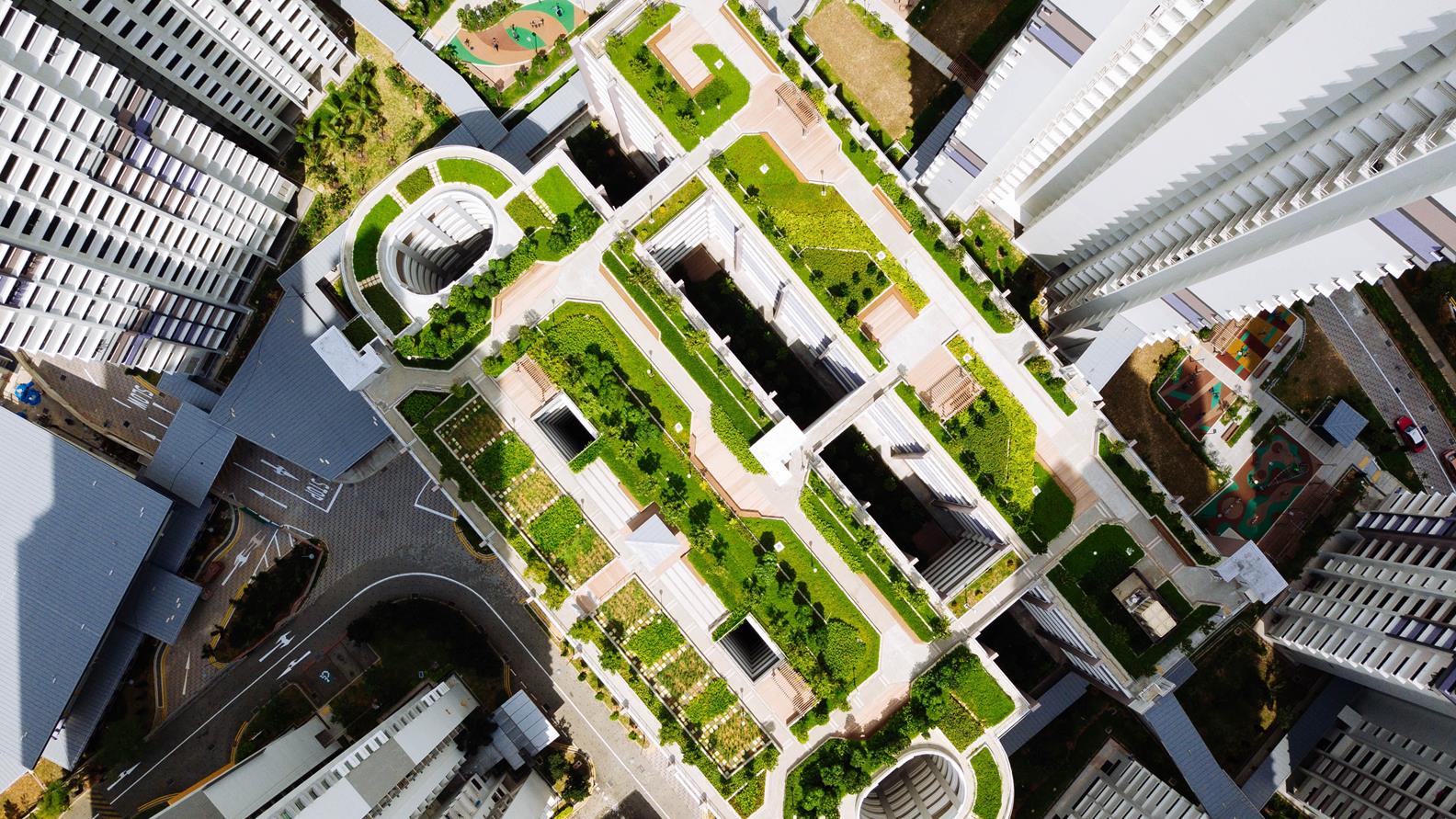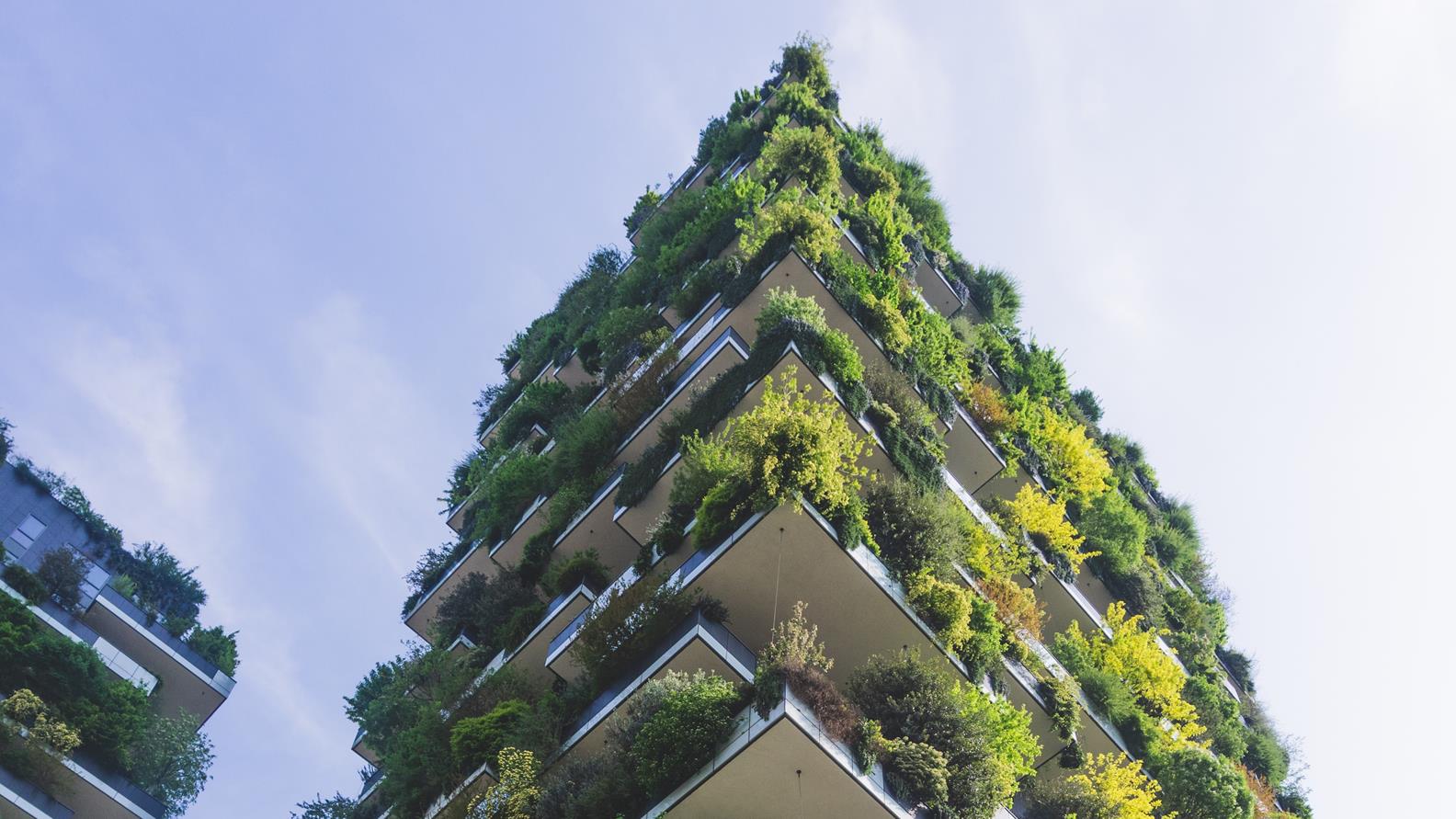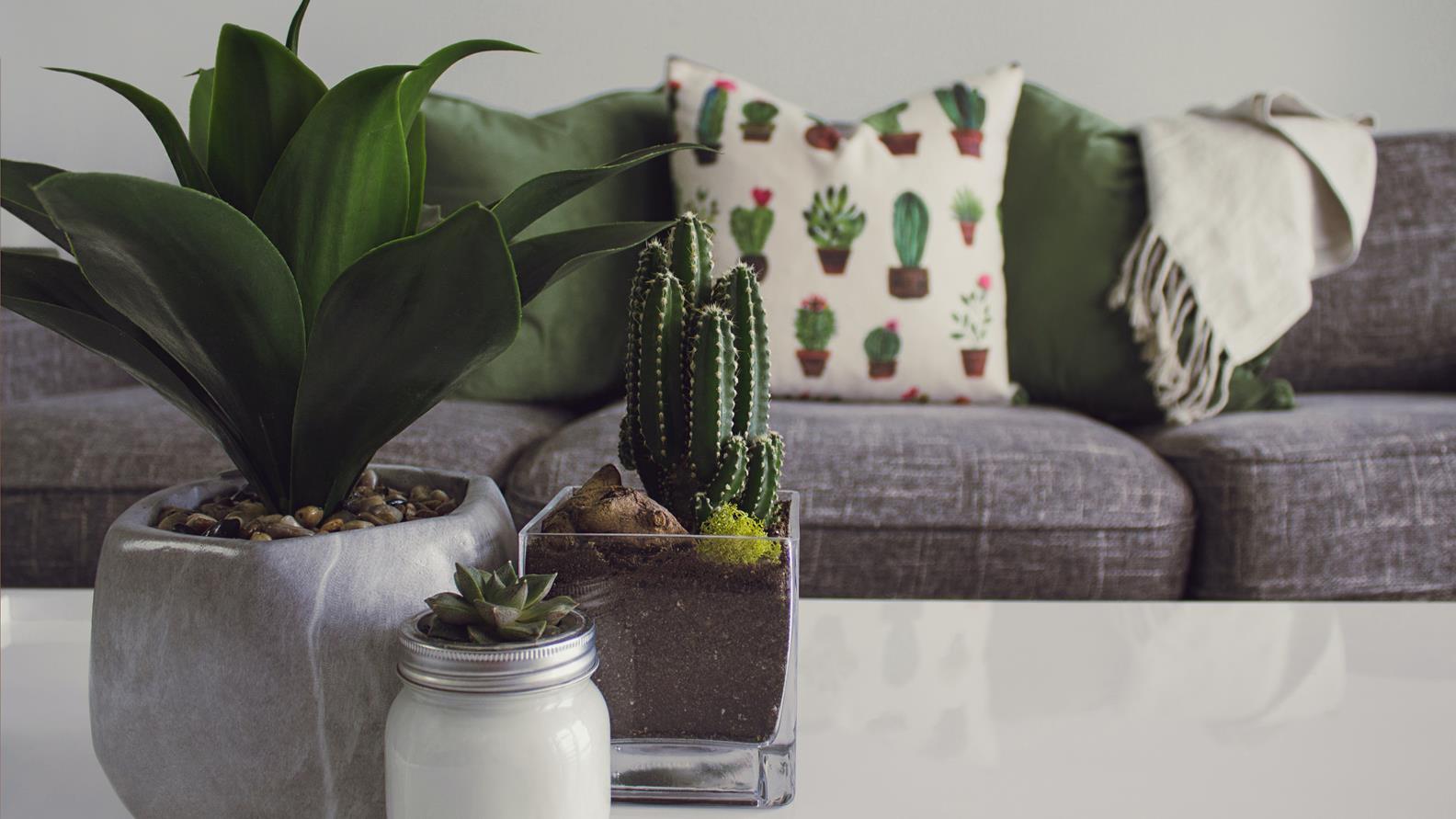Biophilic design – nature sets design standards
Most people feel best when they are in nature. Being in nature supports our health and well-being, releases stress, and positively influences our mood. In addition, experiences in nature support our cognition and creativity. Our modern everyday life, however, frequently does not allow us to spend much time in nature. We live and work in urban environments. So, what is biophilic design? The concept of biophilic interior design helps us to connect our urban environment with nature by integrating analogies to and principles of nature in our spaces and architecture.
Where does the terms ‘biophilic design’ come from?
This term has emerged over time. In 1965, the German/US-American social psychologist Erich Fromm worked with the term ‘biophilia’ and defined it as the ‘love for life’ or ‘living things’. In the 1980s, the US-American biologist Edward Wilson put forward the hypothesis that people have a genetically based need to be in harmony with nature. Stephen R Kellert, professor of social ecology, together with a group of academics took up this idea and coined the term ‘biophilic design’. It’s the notion of connecting human beings to nature within their constructed environment.
Why is the integration of biophilic interior design so good for us?
Physical health
Plants within a room improve the quality of the air as they absorb mould, harmful substances and toxins. They release water vapour into the air and make people less susceptible to allergens and respiratory illnesses. In addition, they relax us and lower our blood pressure.
Mental Health
Biophilic design reduces stress and generates a feeling of peace and relaxation.
Productivity
Natural light regulates sleep cycles and provides more energy as well as productivity. The integration of biophilic principles increases one’s creativity, memory performance, and ability to learn. In addition, it provides clarity in thought as well as for mental breaks.
What is biophilic design in architecture?
Our desire to live more healthily has also resulted in an increase in the number of homes with biophilic design elements. Architects, designers and engineers as well as homeowners are placing the health and well-being of the inhabitants of a home into focus. In doing so, an entire industry is encouraged to construct homes with biophilic design features and to integrate as many natural elements in big cities as possible. One approach is to add plants to every conceivable corner of a city or building facade. They provide a buffer against wind as well as noise from the city, and, in the summer, they provide natural shade.
This concept helps us to create an environment that, despite the industrial architecture that is so prevalent and widespread, always approaches nature and has a positive effect on our lives. The sight of nature in big cities slows things down and supports attention and concentration.
Urban gardening is an additional element. Inhabitants of densely populated areas are provided with the opportunity to plant a garden and thus connect with nature. For example, empty plots of land in cities, neglected traffic islands, or small, green corners in a neighbourhood are used to cultivate flowers or to plant vegetables. There are no limits imposed on creative gardeners. Living concepts and architecture create a basis for being able to live and work close to nature, even while living in a city.

Biophilic elements in interior design
The design standards of biophilic design can be applied very well in bathrooms, allowing you to create a relaxing place right in your own home. The best thing is to stimulate all five senses through the use of:
Natural light
A great deal of natural light can be obtained by expanding window facades or skylights. In addition, you can allow nature to enter the space by providing an open view to the outside of the sky, trees, or the rear courtyard.
Plants
Houseplants that are easy to care for, such as bamboo, for example, are best suited as they provide a high level of humidity. Large or small potted plants and hanging baskets can create a small, private jungle.
Natural tones
Colours which complement those of nature, such as, blue, green, or yellow, are well suited for textiles and walls. Dark, earthy, or bright colours as well as stone or wooden floors are appropriate for bathroom floors.


Natural materials
Bathroom components as well as the floor and walls generate a comfortable sense of space by using cork, stone, and wood. In addition, a biophilic interior design is created by decorations and objects made from natural fibres, such as rattan.
Natural shapes
By avoiding clear lines and integrating organic shapes such as oval-shaped basins, curved bathtubs, such as our GROHE Essence Ceramic range and patterned wallpaper featuring botanical motifs, you can create a biophilic room design that is close to nature.
Room temperature
You can create cosiness in the bathroom by using comfortable temperatures. This is made possible by changing the temperature of the rooms and surfaces using a thermostat or floor heating.
Natural movement
The shimmering of fountains, the movements of grass, and water elements that you can see, hear, or touch can increase our comfort. One way to do so, for example, is to acquire an aquarium or decorative water bowls.
GROHE awards
GROHE values design as a crucial aspect of product development. It goes beyond mere aesthetics and instead represents the ideal combination of functionality, reliability, and innovation. This approach has resulted in over 450 awards for GROHE products and a constantly evolving portfolio that offers unparalleled options for the design community.




